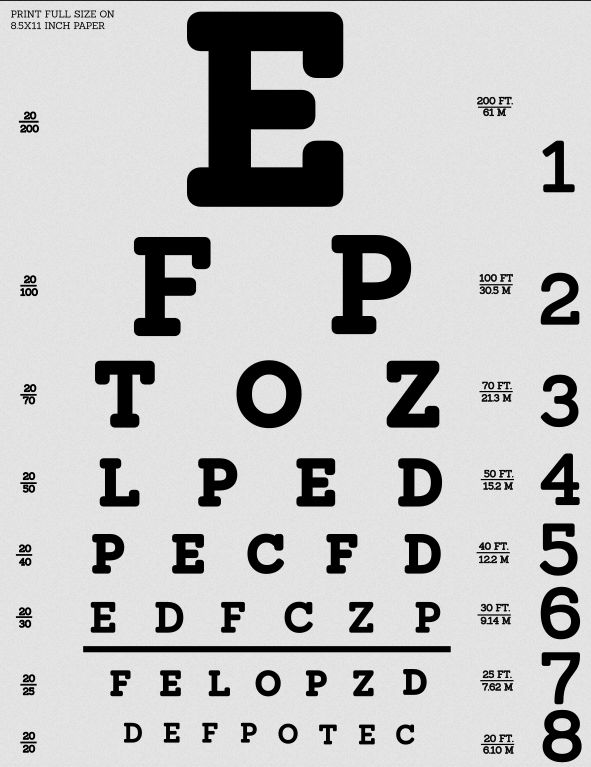
When we think of "twenty twenty," the current year and its events are the first thing we think of. Then there's the news show 20/20, which is still airing. But it also means how well you see. If the eye doc says you have 20/20 vision, that's good, but it doesn't mean "perfect," and it doesn't even mean "average." It supposedly means "normal," but what does that really mean? The vision scale was developed by 19th century Dutch doctor Herman Snellen and published in 1862. It's been confusing people ever since.
And, note here, going back to the irony of naming a news show 20/20, first, it turns out what’s actually average is not exactly what Snelling came up with here (he explicitly was going for, to quote him, “easily recognized by normal eyes”, with emphases on “easily”) and thus around 6/5 (20/15) to 6/4 (20/12) would more accurately be the real “normal”, at least until we get particularly close to being worm food.
As you might have guessed from all of this, 20/20 or 6/6 does NOT mean you have “perfect” vision or see things perfectly clearly, as many people say. It simply means you perform in the ballpark of what Snellen considered normal visual acuity, but actually are kind of below average… Which I guess is sort of fitting when talking accuracy and news.
To add to the confusion, eye test results are sometimes given in smaller numbers, like 6/6. Read about the development of vision measurement and what it means at Today I Found Out.
(Image credit: Openclipart)





